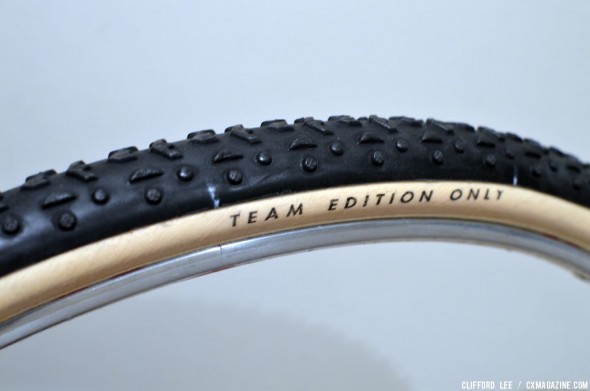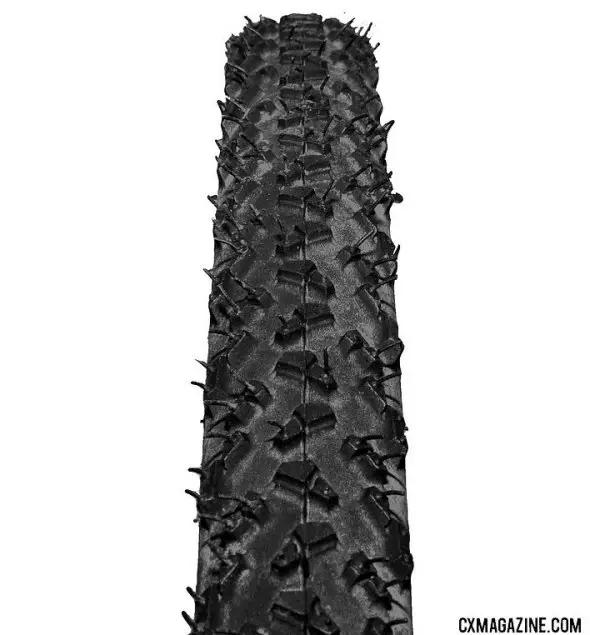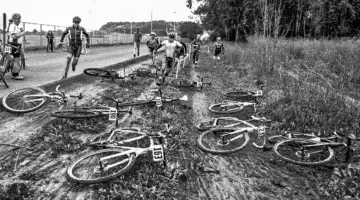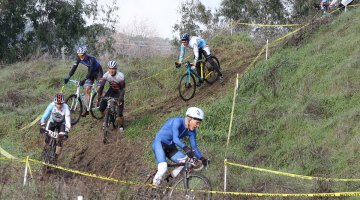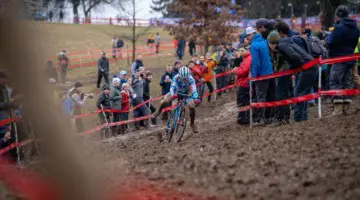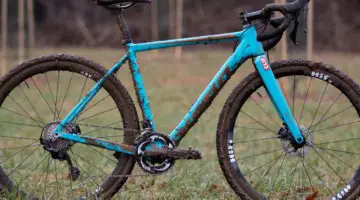Tire choice is one of the most hotly debated topics in all of ’cross. The lack of active suspension means that tires are your first line of defense against rooted, bumpy, and rutted terrain. Tires choice will also make all the difference in the mud. You can read our opinions about specific tires in our cyclocross tire review section which covers tubulars, clinchers, and tubeless products.
Regardless of whether you’re going to go the tubular or clincher route, many tire manufacturers offer tires for a number of different conditions, and while the choices can be overwhelming most tires can be grouped into one of three categories, making the decision a little easier. You’ll most likely hear people debating tires pre- and post-race, so here’s a cheat sheet for joining the conversation.
All-condition tires:
Some tires claim to do it all. These all-condition tires feature tread designs that are ride-able in as many conditions as possible and typically have prominent tread down the middle which makes for less rolling resistance on pavement, grass, and hard pack dirt. Towards the sides, larger and more spaced out knobs help to prevent mud from building up, as well as increasing traction while cornering. Although these all-around tires typically aren’t the greatest in every condition, they can certainly get the job done. If you are going to have one wheelset and don’t want to fumble around with changing tires for different conditions, then your first set of rubber should fall into this category.
Mud tires:
Mud specific treads are usually very aggressive with large, tall knobs spaced widely apart. This enables the tread to bite into the mud without getting clogged up. Conversely, when the conditions are dry and hard packed, these tires tend to have more rolling resistance and can feel a bit sluggish, and in hard cornering on hard surfaces, the tall, flexy knobs can feel squirmy.
However, depending on where you’re racing, you may find yourself reaching for the mud tires more often than not. If you already have a wheelset set up with some all-around tires, then consider a set of wheels with mud tires as the next step. Not only will they serve you well, should the conditions turn south, but having a second set of wheels for the pit is a good idea as well.
File-tread tires:
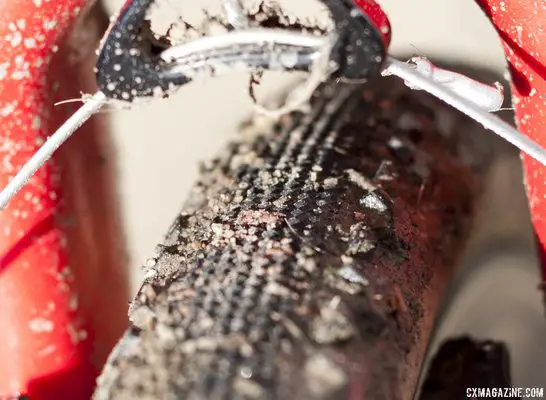
Challenge Chicane tubular tires with a file tread center and Limus side knobs gave Goguen the speed and grip to win the 2014 Junior Cyclocross National Championships. © Cyclocross Magazine
File tread tires are great for dry grass courses and dry dirt. Many file tread tires feature a small shoulder with knobs which assist in cornering traction, have low rolling resistance and work great… until they don’t. As long as the course stays dry, you’ll be good-to-go, but you might as well be riding on greased tires if the forecast calls for rain, or the course has lots of mud. File tread tires are especially condition-specific, so they may not be the first set of tires you want to get if you can only pick one. But for those of you that have your bases covered and are looking to add another arrow to your wheelset quiver, file-treads can really shine with the right conditions.
Tires are also one of the fastest and least expensive ways to upgrade your bike—more on that here.
Get schooled in cyclocross with our Cyclocross Academy class list here, and make sure you’re subscribed to Cyclocross Magazine, your guide for getting into the sport, and upping your ’cross knowledge. Not subscribed yet? For the newbies, our Issue 21 has a great feature on buying your first cyclocross bike, and Issue 22 has a story on how to get into racing and what to expect at your first race.













